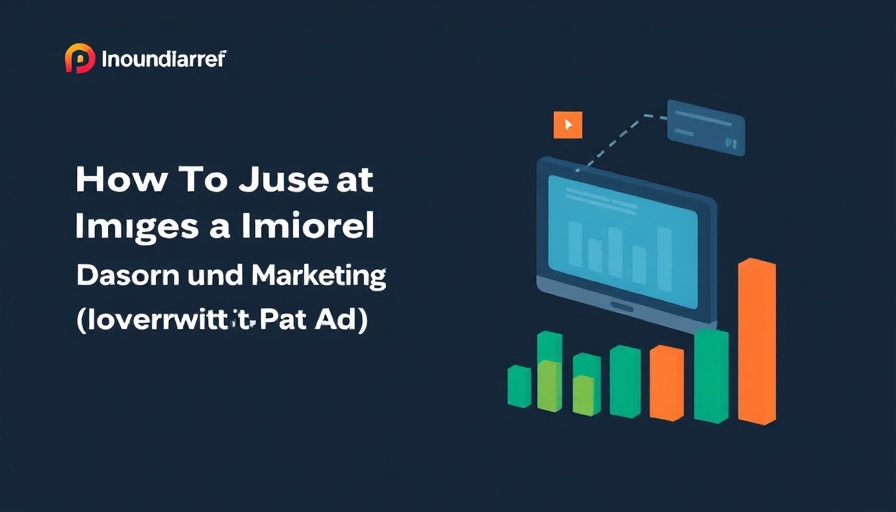
Driving 60,000 Monthly Visitors: The Power of Inbound Marketing
In the bustling world of digital marketing, many professionals find themselves trapped in a cycle of cold outreach, high ad spend, and inconsistent leads. However, a refreshing perspective comes from Andy Crestodina, co-founder of Orbit Media, who reports a staggering 60,000 visitors per month driven entirely by an inbound strategy. This approach eschews paid advertising in favor of creating valuable content that attracts and converts the right audience. Inbound marketing is becoming increasingly vital for businesses to thrive without the financial burden of traditional marketing channels.
Understanding Inbound Marketing
At its essence, inbound marketing focuses on attracting customers through relevant content rather than chasing them with aggressive sales pitches. It hinges on a simple equation: Traffic x Conversion = Leads. Marketers often aim for mere traffic, yet it’s crucial to ensure that the right audience is directed to the right pages, equipped to take action towards conversion.
The Key Stages of Inbound Marketing
Neil Patel, a thought leader in digital marketing, outlines four stages integral to successful inbound marketing: attract, convert, close, and delight. Attract involves drawing in potential customers through high-quality, engaging content. Once you have your audience, the convert stage is all about utilizing effective calls-to-action and landing pages to turn those visitors into leads. The close phase focuses on nurturing those leads into loyal customers, perhaps through personalized email campaigns or retargeting efforts. Finally, the delight stage ensures ongoing engagement and satisfaction through follow-ups and excellent customer service.
Strategies for Building an Inbound Marketing Machine
To replicate the success seen by Crestodina’s agency, businesses can implement several key strategies. First, create content that addresses specific audience pain points. According to 2024 findings by Nicolas Lekkas, content that resonates with users fosters a deeper connection and drives engagement.
Additionally, investing in Search Engine Optimization (SEO) ensures that this content is not only found but ranks highly in search results. Understanding and using long-tail keywords can significantly improve click-through rates and help in converting engaged users into potential clients.
Another effective tactic is utilizing lead magnets, such as ebooks and webinars, which encourage visitors to provide their contact details in exchange for valuable content. This not only increases your email list but also facilitates smoother transitions into the sales funnel.
Embracing the Long-Term Approach of Inbound Marketing
Inbound marketing is not a quick fix but a long-term investment in customer relationships. It’s about building trust and knowledge over time, leading to organic traffic and consistent leads. As you nurture your inbound machine, you’ll find that your marketing costs decrease significantly while your engagement levels soar.
With all these elements combined, businesses can successfully transition from high-cost outbound marketing to a more sustainable, effective approach through inbound marketing, drawing interested customers organically. Are you ready to invest in a strategy that will not only increase traffic but turn that traffic into loyal customers on auto-pilot?
 Add Row
Add Row  Add
Add 






Write A Comment